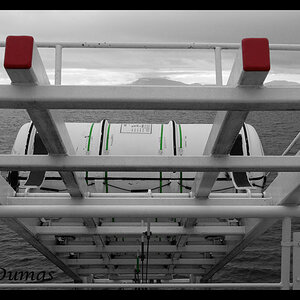- Joined
- Jun 4, 2010
- Messages
- 2,176
- Reaction score
- 1,654
- Location
- Wisconsin, United States
- Can others edit my Photos
- Photos OK to edit
Ok, so here's a thought. Since most modern DSLR's and lenses are capable of communicating electronically, is there anything from preventing manufacturers (except money and demand) from putting an option in the camera body to automatically determine which lens is on the camera (lens compatibility dependent), what aperture is selected, and automatically set the hyperfocal distance accordingly? Perhaps making it an option to set an external button on the body that will lock the lens on the hyperfocal distance, and change the focus as the aperture changes to maintain the hyperfocal distance. Or maybe once you 'activate' the hyperfocal distance setting you can't chance the aperture any more, only settings and shutter speed, until it is 'deactivated'.
I play with the hyperfocal distance on occasion, and always find it a pain to set when it's calling for a distance between the marks on the focus scale. Therefore, wouldn't it be nice if the camera could set it for us? I would also think the camera could do it more accurately when there is not mark on the focus scale for the given distance. I don't know how often others use the hyperfocal distance, but I use it enough to know that it would make my life easier.. Is it something any of you would use?
I play with the hyperfocal distance on occasion, and always find it a pain to set when it's calling for a distance between the marks on the focus scale. Therefore, wouldn't it be nice if the camera could set it for us? I would also think the camera could do it more accurately when there is not mark on the focus scale for the given distance. I don't know how often others use the hyperfocal distance, but I use it enough to know that it would make my life easier.. Is it something any of you would use?


 This made me laugh!
This made me laugh!![[No title]](/data/xfmg/thumbnail/33/33491-46949ced4f9729f095cb48c6c61633db.jpg?1619736003)
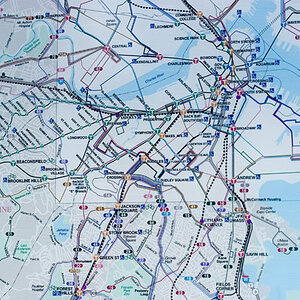
![[No title]](/data/xfmg/thumbnail/37/37634-504722605a418b398f3cd1dbabf936e5.jpg?1619738156)

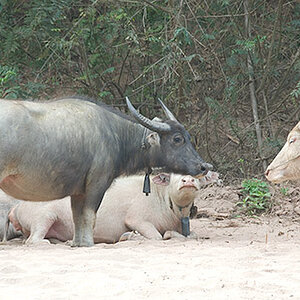
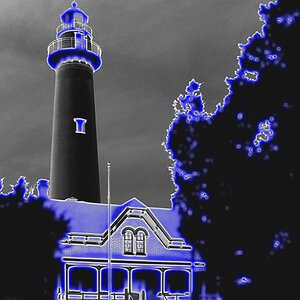
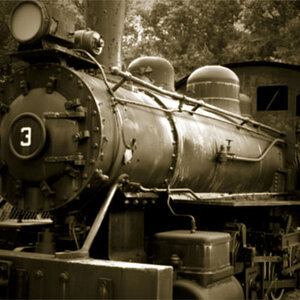
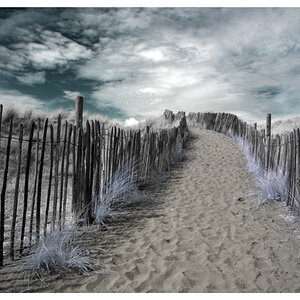
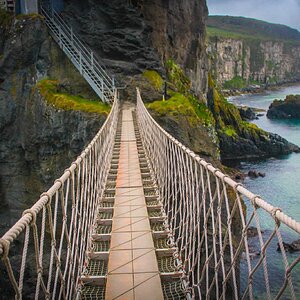
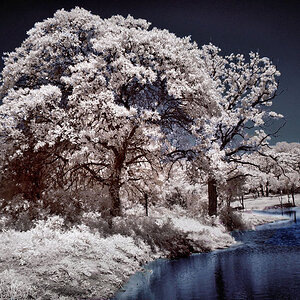
![[No title]](/data/xfmg/thumbnail/34/34148-864c8cb333c478b2dfb9e369908dc329.jpg?1619736320)
